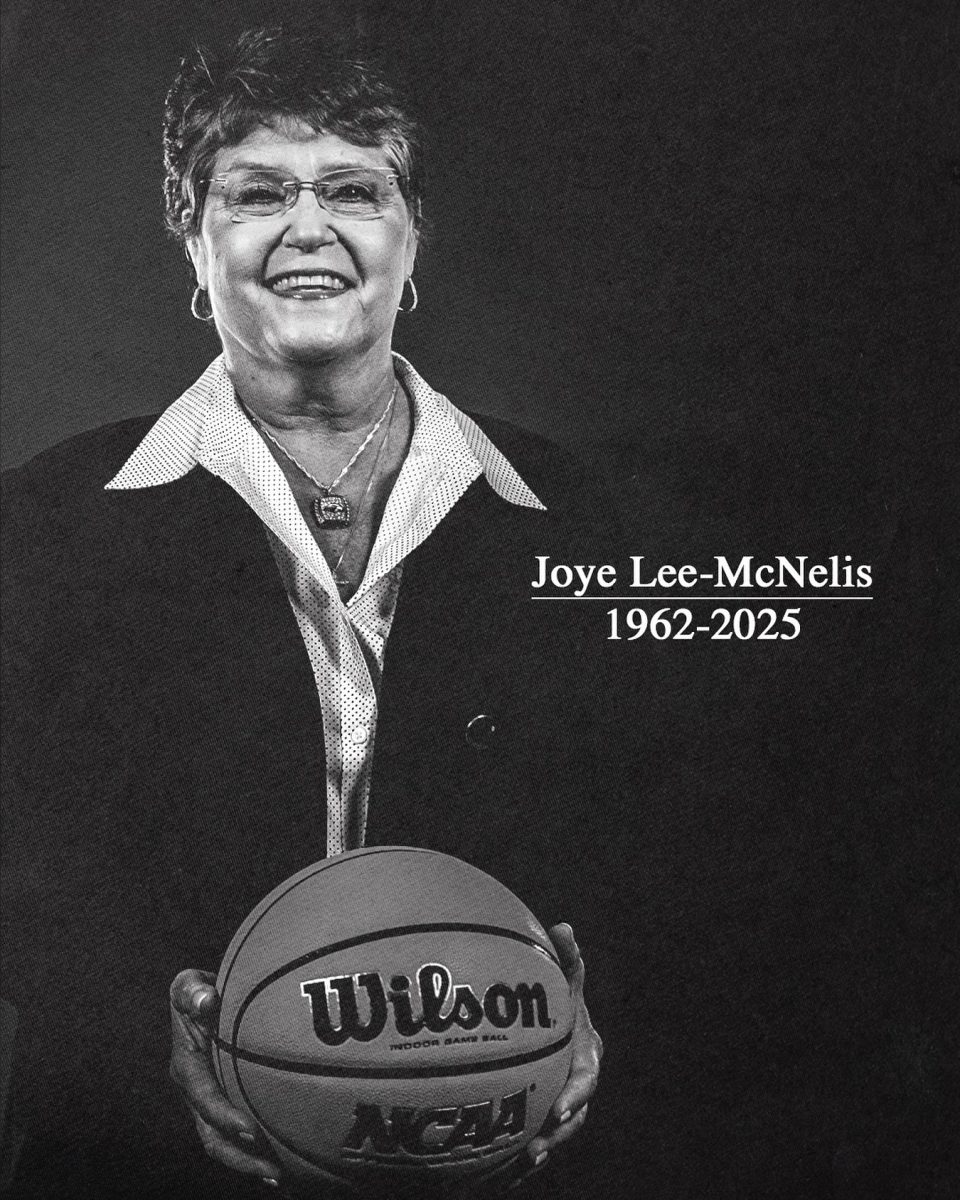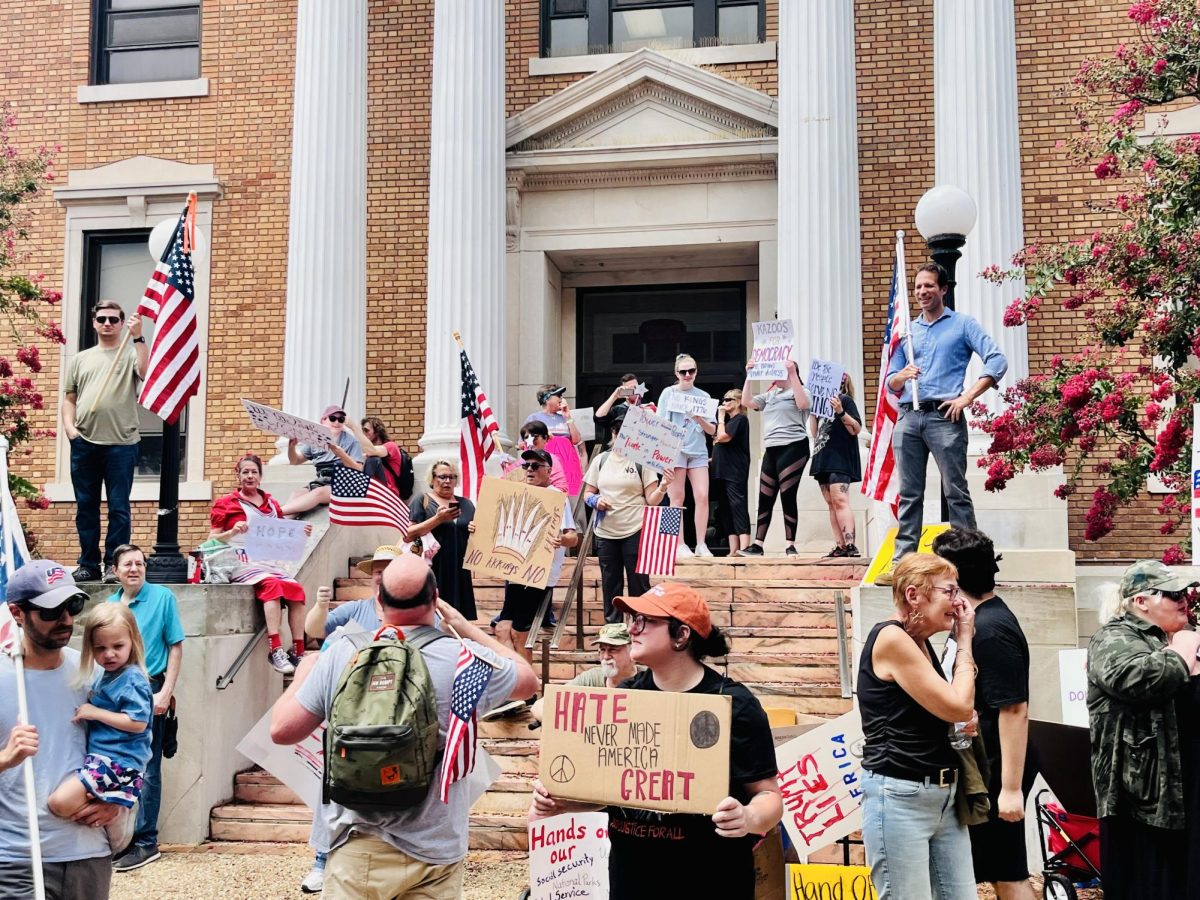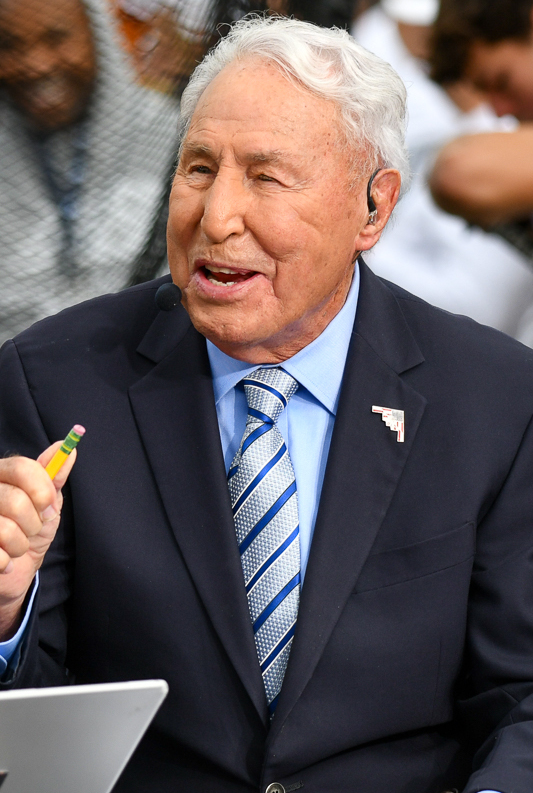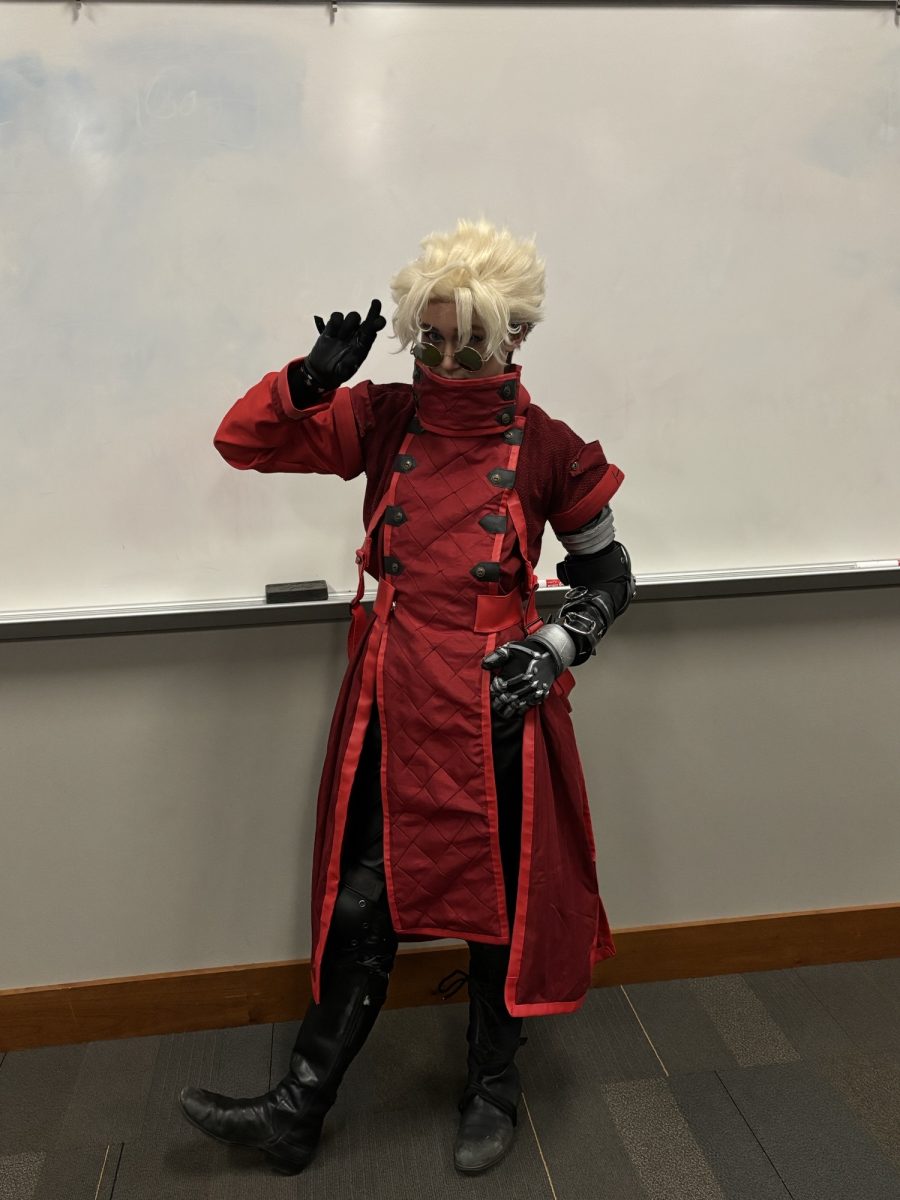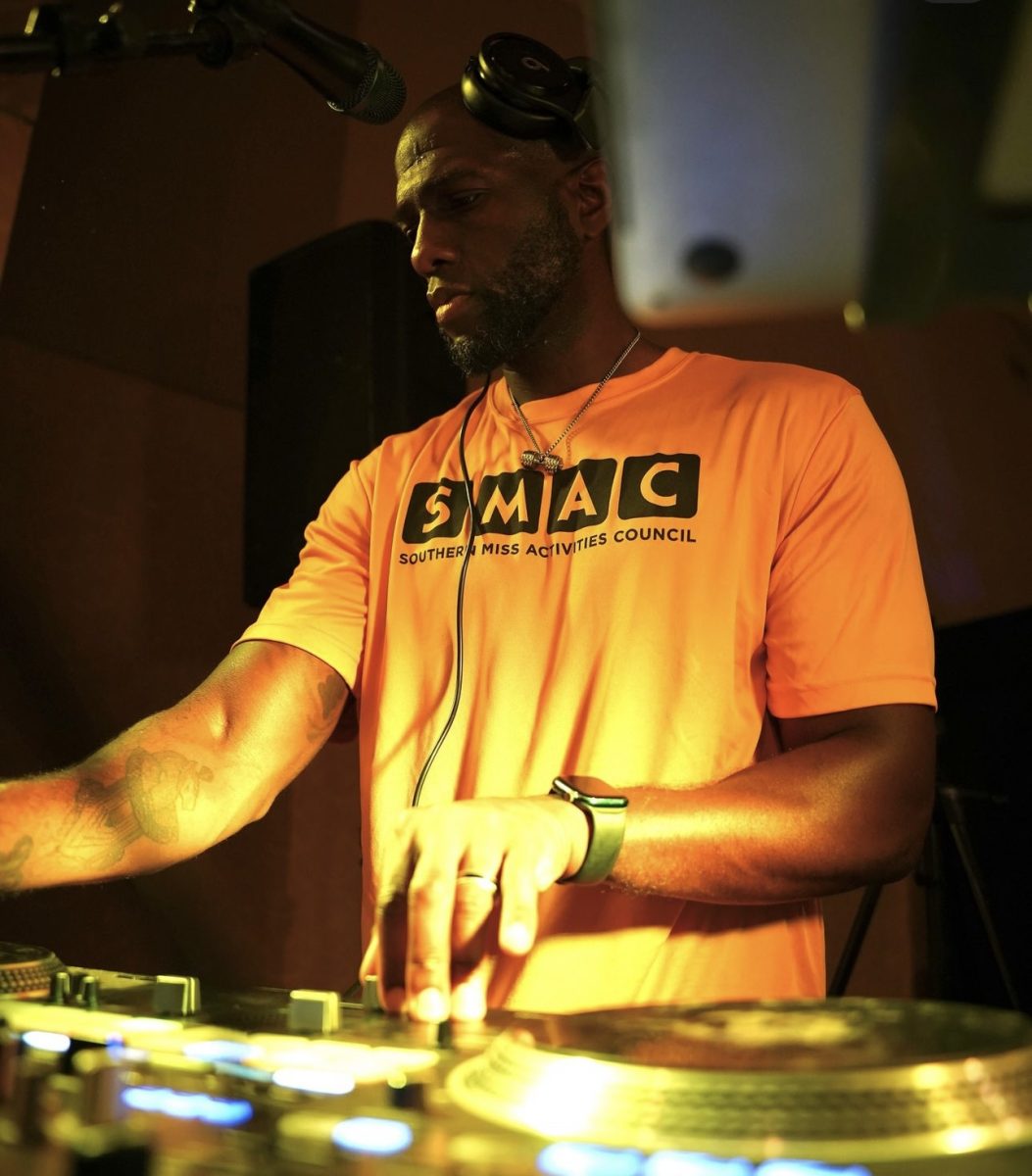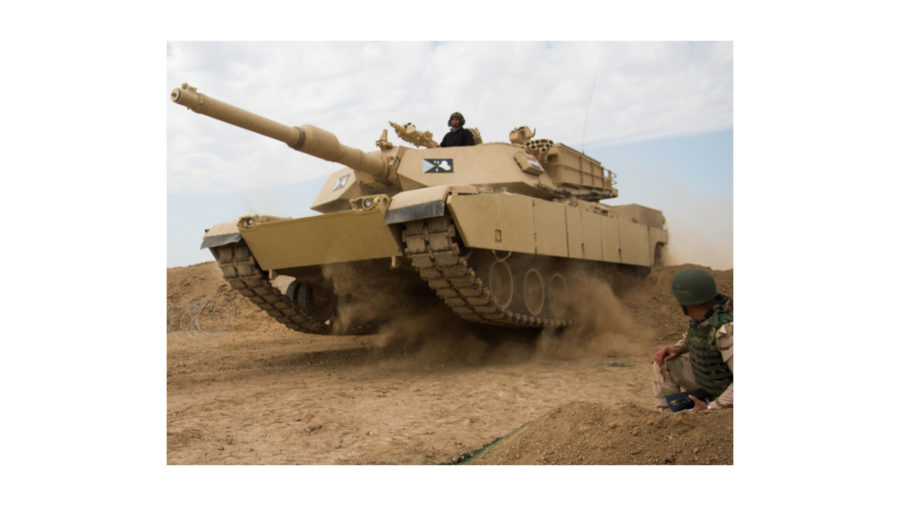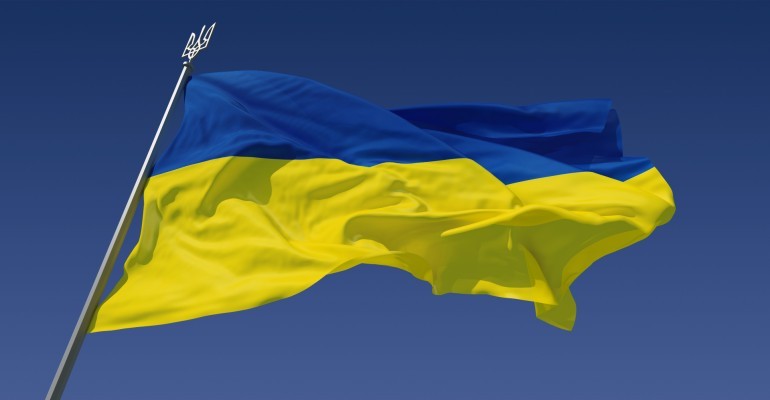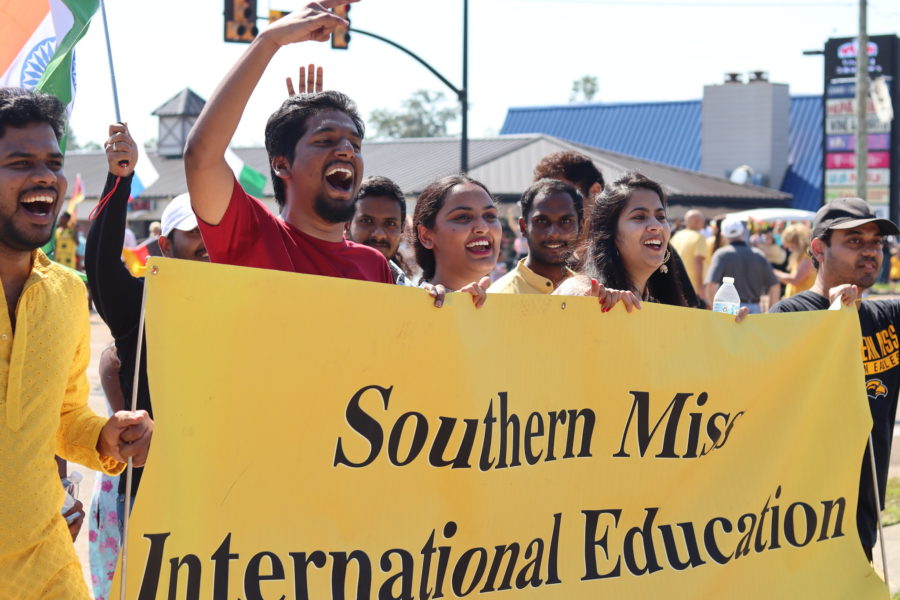A week ago Sunday, the largest military engagement in Iraq since the American invasion in 2003 commenced in the vicinity of the Iraqi city of Mosul as more than 100,000 fighters from the grand coalition of the Iraqi Army, the Kurdish Peshmerga, various Iraqi militia paramilitaries and an assorted crew of advisers and observers from Turkey, the United States, Great Britain, France and Canada started the final push against the forces of the Islamic State and its holdings in northern Iraq.
Mosul is of crucial importance in the struggle against ISIS/ISIL both symbolically and materially. Symbolically Mosul is the birthplace of the caliphate which the Islamic State claims to encompass, as it was in the Great Mosque of al-Nuri in Mosul that the leader of ISIS, self- styled Caliph Abu Bakr al-Baghdadi, proclaimed the dawn of the new Caliphate in 2014.
Materially Mosul – a city of between 1 million and 2 million people (it was over 2 million prior to the fighting but thousands have left due to the Islamic State’s invasion and the coalition counter-attack) – is the second largest city in Iraq and the largest in the regions controlled by ISIS. It is also a fairly wealthy city and is surrounded by oil fields, and so losing it will deal a painful blow to the economy of the Islamic State.
Over the last few days, the allied offensive has met major success, completely encircling the city and clearing a number of strategically vital villages and suburbs in preparation for what the Pentagon has grimly predicted will be weeks to months of urban warfare and house-to-house fighting (allow the Pentagon has also admitted that currently the offensive is moving ahead of schedule).
One of the keys to this success has been Western airpower, as American jets and helicopters and a French aircraft carrier among others have provided close air support to the advancing coalition troops in a way reminiscent of the stunning success of that small groups American Special Forces operating and advising the Afghani Northern Alliance had in the jaw-breakingly rapid blitzkrieg invasion of Afghanistan which deposed the Taliban in a matter of weeks back in 2001.
Somewhere, former Defense Secretary Donald Rumsfeld is smiling. Rumsfeld, who was both the youngest and oldest Secretary of Defense in U.S. history, was one of the foremost proponents of the so- called Revolution in Military Affairs, the idea that advanced technology and precision firepower used in conjunction with relatively small units of highly-trained elite soldiers from the future of warfare.
This hypothesis was blisteringly successful in Afghanistan after the 9/11 attacks and in the early days of the invasion of Iraq in 2003, but proved disastrous in the consolidation phase afterwards, when large-scale insurgencies in both Iraq and Afghanistan conclusively demonstrated the need for large troops numbers on the ground still exists in the 21st century.
In short Rumsfeld was right and wrong. He was wrong because states generally still cannot get away without using massive numbers of troops in large-scale combat operations. Even the coalition battling ISIS in and around Mosul today is more than 100,000 men strong. However, he was right in a limited sense.
The major powers can get away with a smaller troop footprint in a limited capacity. If fighting a conventional war with open formations and having a large amount of allied forces present than a small number of U.S. or French or Russian or Chinese advisors paired with a heavy air power presence does appear to provide a cost-effective way for the most powerful countries on Earth to wage war against less powerful nations or non-state actors without putting many of their own citizens at risk.
This strategy will not work across the board and will prove – and has proven – ineffective in counterinsurgencies and conventional wars. Conventionally two powers of equal or close to equal strength cannot defeat each other with limited force as if they were beating down ISIS or Syria or whomever. These techniques will not work against an insurgency, which by its very nature cannot be defeated with massive amounts of firepower and few numbers of troops but instead requires restraint and the provision of security to local populations.
This point is illustrated in the way which President Obama lost Iraq and helped set the stage for the rise of ISIS in the first place. He attempted to use this type of strategy against an insurgency, utilizing a limited troop footprint and major amounts of firepower. However, as an insurgency requires major numbers of troops and limited firepower this failed. Now that ISIS has tried to transition into a semi-conventional military force this type of strategy is working to defeat them, but once ISIS has no territory left there is a risk that it will be able to reform, regroup, and retake territory if the American-led coalition is unable to consolidate the gains made after they win the battle of Mosul.
The apparent success in Mosul offers both a template and a warning. As a template it shows that well-trained local forces can be quite successful if supported by overwhelming allied airpower and advised by elite cadres. While as a strategy this is quite expensive in terms of material goods and dollars, the number of American troops required—reportedly around 5,000 in Iraq today—and the reduced number of lives lost render this an excellent strategy, if the situation allows for it. However, for any war against a major or major-esque power (such as Iran or North Korea) large numbers of American troops will be required. Likewise, if American is committed to fighting an insurgency that would require more men and less firepower.
That is in the future though. Today the Islamic State is being ground to dust in Mosul. A decade ago Americans were detested as conquerors and invaders in Iraq. Now they are hailed as liberators and saviors. What a difference a few years and a truly evil enemy make.

